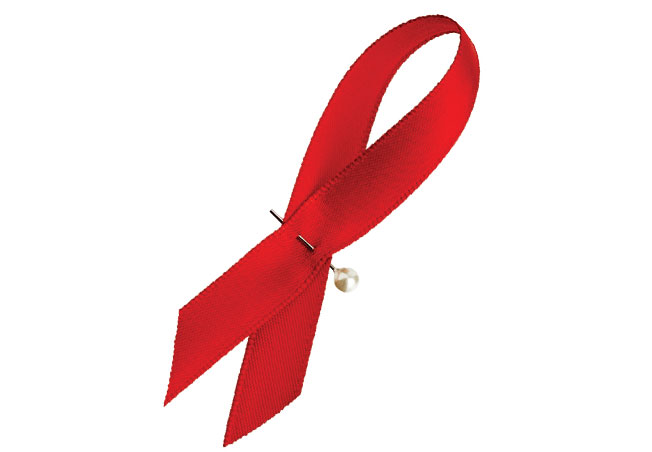Stroke is the 4th leading cause of death in the U.S., with one person dying every 4 minutes as a result. Approximately 800,000 people have a stroke each year; about one every 4 seconds.
by Claire Kinzy | The American Heart Association, Dallas
Life…it’s a beautiful thing filled with so many wonderful moments and experiences, many of which we take for granted. Now imagine a loved one has just asked you a question, but the words coming from your mouth make no sense. Imagine your face suddenly becomes numb, and you can’t smile as your child runs past. Imagine not being able to lift your arm as you try to take a plate from the cupboard. The sad reality is that these small things we take for granted are critically important warning signs of stroke.
May is Stroke Awareness Month. As stroke continues to be one of the five leading causes of death and disability in the United States, it’s important that we all take a moment to learn the warning signs. Stroke signs include: Sudden severe headache with no known cause; sudden trouble walking, dizziness, loss of balance or coordination; sudden trouble seeing in one or both eyes; or sudden confusion or trouble understanding.
The best way to be aware of the signs of stroke and how to react is to remember the simple acronym “F.A.S.T.”:
• F – Face Drooping: Does one side of the face droop or is it numb? Ask the person to smile.
• A – Arm Weakness: Is one arm weak or numb? Ask the person to raise both arms. Does one arm drift downward?
• S – Speech Difficulty: Is speech slurred, are they unable to speak, or are they hard to understand?
• T – Time to call 9-1-1: If the person shows any of these symptoms, even if the symptoms go away, call 9-1-1 to get them to the hospital immediately.
Stroke Risk Factors
Some stroke risk factors are hereditary, while others are a function of natural processes. Risk factors that can’t be changed include:
• Age – The chance of having a stroke approximately doubles for each decade of life after age 55. While stroke is common among the elderly, a lot of people under 65 also have strokes.
• Heredity (family history) – Your stroke risk may be greater if a parent, grandparent, sister or brother has had a stroke.
• Race – African-Americans have a higher risk of death from stroke than Caucasians do due to increased risks of high blood pressure, diabetes and obesity.
• Gender – Women have more strokes than men. Use of birth control pills, pregnancy, history of preeclampsia/eclampsia or gestational diabetes, smoking, and post-menopausal hormone therapy may pose increased stroke risks for women.
• Prior stroke, TIA or heart attack – The risk of stroke for someone who has already had one is many times higher than that of a person who has not. Transient Ischemic Attacks (TIAs) are “warning strokes” that produce stroke-like symptoms but no lasting damage. A person who’s had one or more TIAs is 10 times more likely to have a stroke than someone of the same age and sex who hasn’t.
Risk Factors that can be changed include:
• High blood pressure – High blood pressure is the leading cause of stroke and the most important controllable risk factor for stroke.
• Cigarette smoking – In recent years, studies have shown cigarette smoking to be an important risk factor for stroke. The nicotine and carbon monoxide in cigarette smoke damage the cardiovascular system in many ways.
• Sodium reduction – Strong evidence indicates that excess sodium intake elevates blood pressure which can lead to stroke and heart disease. Nine out of 10 Americans consume too much sodium. Aim to eat less than 1,500 mg of sodium per day.
• Poor diet – Diets high in saturated and trans fat can raise blood cholesterol levels. A diet containing five or more servings of fruits and vegetables per day may reduce the risk of stroke.
• Physical inactivity and obesity – Being inactive, obese or both can increase your risk of high blood pressure, high cholesterol, diabetes, heart disease and stroke. So go on a brisk walk, take the stairs, and try to get at least 30 minutes of physical activity daily.
If you see someone having a stroke, act immediately by calling 911. The faster the treatment, the better the outcome.
The American Heart Association and American Stroke Association are committed to helping all Americans live healthier lives, free from cardiovascular diseases and stroke.
For more information, please visit www.strokeassociation.org today.

Photo credit: Derek Banks
Musical Artist Michelle Williams is lending her voice to Power To End Stroke. “I am honored to partner with the campaign, because my father had a stroke in 2005 due to smoking, diabetes and an unhealthy diet and my grandmother was diagnosed with having a stroke in 2006 when she went to her doctor for a simple outpatient procedure. I am bringing awareness to people so that strokes can be prevented. Let’s take care of ourselves…the first step is knowledge about your health.”


